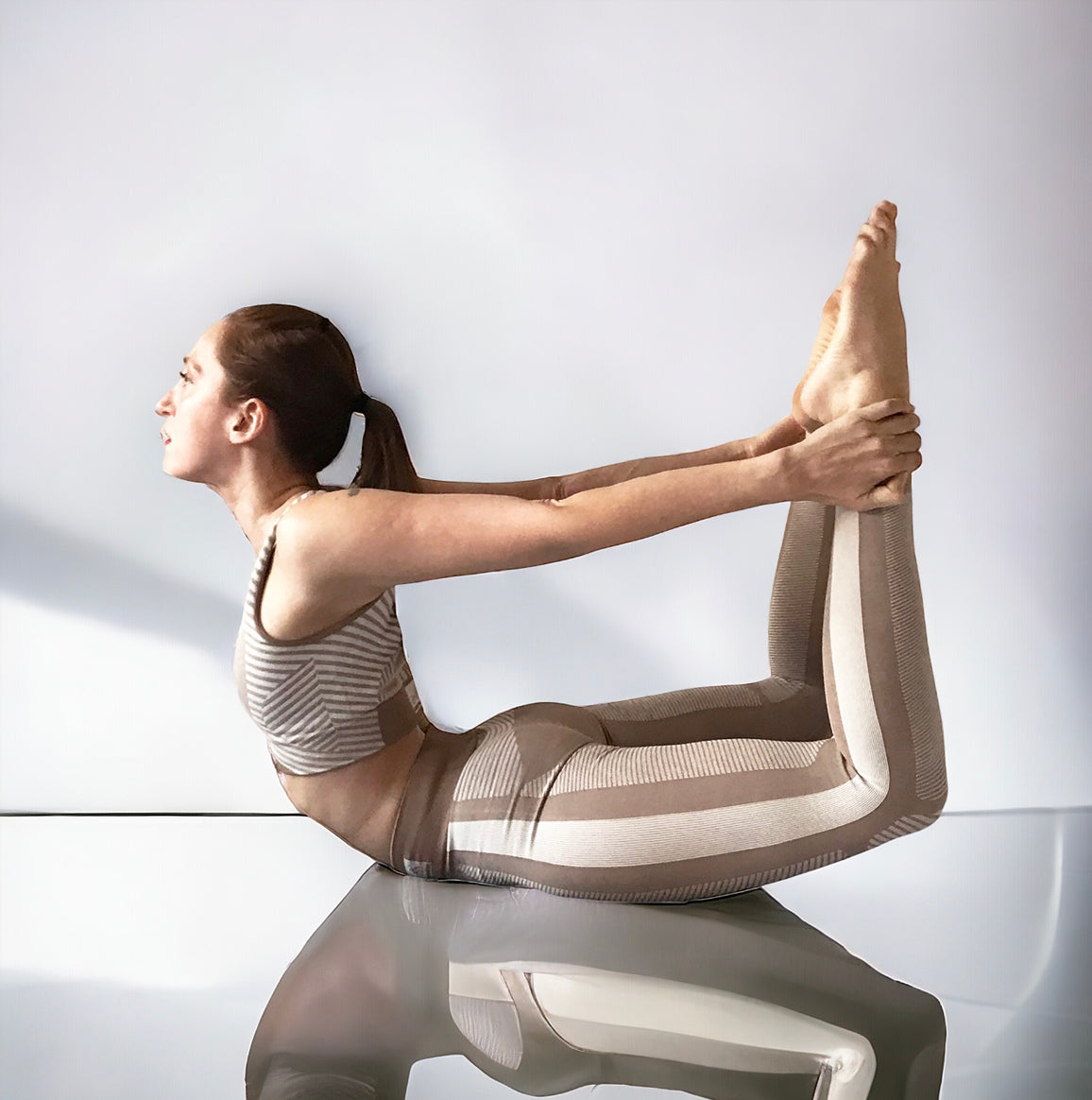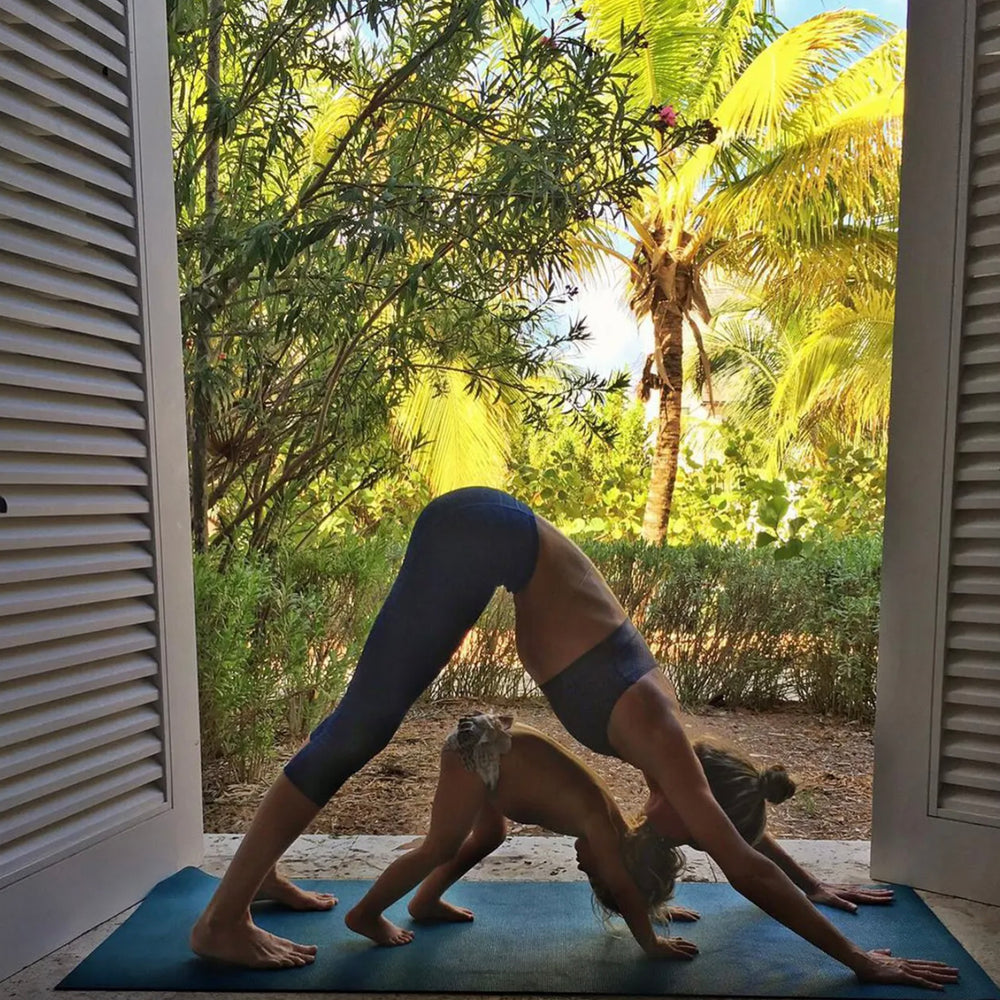
Yoga, an ancient practice that originated in India thousands of years ago, has gained tremendous popularity in recent years. It's no surprise, given the numerous physical, mental, and emotional benefits that yoga offers. Yoga is not just a physical exercise; it is a holistic practice that involves the integration of body, mind, and spirit. The art of yoga practice goes beyond performing postures; it is about cultivating mindfulness, self-awareness, and inner peace. In this article, we will explore the tips and techniques that can help you enhance your yoga practice and deepen your connection with yourself.
Start with the Right Mindset
The foundation of a successful yoga practice is having the right mindset. Approach your practice with an open heart and a willingness to learn. Let go of any expectations or judgments you may have about yourself and your abilities. Remember that yoga is a journey, not a destination, and progress may be slow at times. Cultivate patience and self-compassion as you embark on this transformative journey.
Find a Suitable Style
Yoga comes in various styles, each with its unique focus and intensity level. Some popular styles include Hatha, Vinyasa, Ashtanga, Bikram, and Kundalini. To make the most of your yoga practice, choose a style that resonates with you and aligns with your goals. If you're new to yoga, consider starting with a beginner-friendly class to build a strong foundation.
Consistency Is Key
Like any other skill, consistency is crucial in yoga. Aim to practice regularly, even if it's just for a short duration. A consistent practice will help you build strength, flexibility, and mental clarity over time. It's better to practice for a shorter duration every day than to do a long session once a week. Find a schedule that works for you and stick to it.
Focus on Breath Awareness
One of the fundamental aspects of yoga is breath awareness or pranayama. Paying attention to your breath during your practice can help you stay present and calm your mind. Use deep, conscious breathing to connect with your body and create a sense of relaxation. Incorporate pranayama exercises into your practice to deepen your breath awareness and improve your lung capacity.
Warm-Up and Cool Down
Before diving into yoga postures, it's essential to warm up your body. Warming up helps prevent injuries and prepares your muscles for the more challenging poses. Incorporate gentle stretches and joint movements into your warm-up routine. After your practice, take a few moments for a cool-down session to relax your muscles and calm your nervous system.
Master the Basics
While it's tempting to dive into advanced yoga poses, it's crucial to master the basics first. A strong foundation in fundamental poses like downward-facing dog, warrior, and plank will serve as a solid base for more complex postures. Focus on alignment and proper form to ensure a safe and effective practice.
Use Props Wisely
Yoga props such as blocks, straps, and bolsters can be incredibly helpful, especially for beginners. These props provide support and assist in achieving proper alignment in poses. Don't hesitate to use them when needed to make your practice more accessible and enjoyable.
Listen to Your Body
Yoga is not a competition; it's about self-awareness and self-care. Pay close attention to how your body feels during each pose and adjust accordingly. If a posture feels uncomfortable or painful, modify it or skip it altogether. It's essential to honor your body's limits and not push yourself too hard, as this can lead to injury.
Practice Mindfulness
Yoga is a moving meditation that invites you to be fully present in the moment. As you perform each pose, focus your attention on the sensations in your body, the rhythm of your breath, and the thoughts passing through your mind. Mindfulness is a powerful tool for reducing stress and increasing self-awareness.
Explore Meditation
Incorporating meditation into your yoga practice can be profoundly transformative. Meditation helps quiet the mind, reduce anxiety, and enhance your ability to stay present. You can start with short meditation sessions after your physical practice and gradually extend the duration as you become more comfortable.
Seek Guidance
If you're serious about deepening your yoga practice, consider seeking guidance from experienced teachers. Attending regular classes and workshops with knowledgeable instructors can provide valuable insights, corrections, and inspiration. A teacher can help you refine your technique and offer personalized guidance based on your goals and abilities.
Maintain a Yoga Journal
Keeping a yoga journal is a great way to track your progress and reflect on your practice. Record your thoughts, feelings, and experiences after each session. Documenting your journey can be a source of motivation and a tool for self-discovery.
Embrace the Mind-Body Connection
Yoga is not just about physical postures; it's about the mind-body connection. Use your practice as an opportunity to explore your emotions, thoughts, and sensations. As you become more attuned to your inner world, you may discover new insights and perspectives.
Practice Ahimsa (Non-Harming)
Ahimsa is one of the ethical principles of yoga, which translates to non-harming or non-violence. Apply this principle not only in your actions towards others but also in your self-talk and inner dialogue. Be kind and gentle with yourself, and avoid self-criticism. Embrace self-love and self-acceptance as you progress in your practice.
Find Stillness in Savasana
Savasana, or corpse pose, is the final relaxation pose at the end of a yoga session. Many practitioners find it challenging to stay still and calm in this posture, as the mind tends to wander. However, Savasana is a crucial part of yoga practice, as it allows the body to absorb the benefits of your session and promotes deep relaxation. Use this time to surrender, let go, and find inner stillness.
In conclusion, the art of yoga practice extends beyond the physical postures; it encompasses the entire journey of self-discovery and transformation. By adopting these tips and techniques, you can enhance your yoga practice and experience the profound benefits it offers for your body, mind, and spirit. Remember that yoga is a personal journey, and there is no right or wrong way to practice. Embrace your uniqueness and enjoy the process of self-exploration and growth that yoga provides.
Namaste
|











